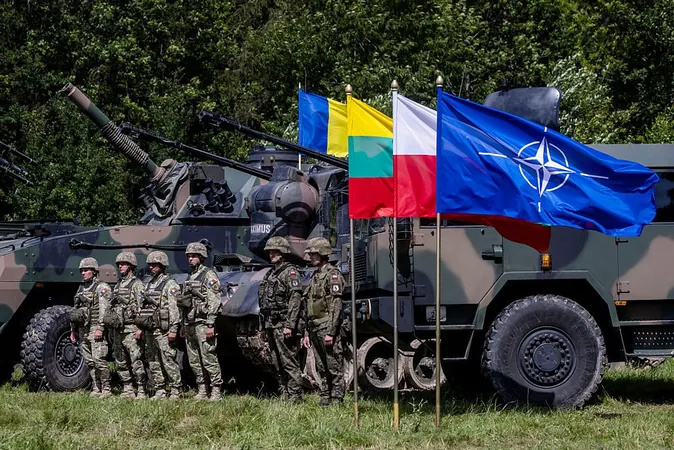
Is Russia Strategically Maneuvering Towards NATO Conflict?
2025-09-22
Author: William
September Shockwaves: NATO on High Alert
As September unfolds, any NATO personnel who hoped for a peaceful month are surely feeling disillusioned. Estonia is in urgent discussions with fellow allies following a shocking breach of its airspace by three Russian fighter jets just last Friday. This incident is not isolated—just this month, Russian drones have also violated the skies over Poland and Romania. Polish Prime Minister Donald Tusk has voiced the escalating tensions, stating that we are now "closer to open conflict than we’ve been since World War Two."
Why the Aggressive Posturing?
So, what’s driving Moscow’s bold moves? The Kremlin appears to be following its classic playbook. These airspace violations may not cross the threshold of an Article Five attack—triggering NATO’s collective defense—but they certainly achieve disruption while granting Russia a plausible layer of deniability. This pattern mirrors Russia’s historical tactics of engaging in grey zone activities, including sabotage and cyber warfare.
Are These Breaches a Prelude to Conflict?
Although these airspace incursions don’t officially qualify as attacks on NATO, they could be setting the stage for future confrontation. Warnings have emerged this year, including from Germany's defense chief, who suggested that Moscow might target NATO by 2029. Meanwhile, NATO Secretary-General Mark Rutte has raised the alarming possibility that Russia could distract NATO in Europe while its ally China makes aggressive moves in Taiwan.
Probing for Weaknesses?
With these ominous possibilities in mind, the surge in Russian aggression seems less like mere provocations and more akin to testing NATO's defenses. Moscow might be studying how quickly and effectively NATO reacts to various threats, gathering critical insights into the Alliance's defensive strategies, and potentially using this information for planning a future strike.
A Psychological Warfare?
Yet, if potential aggression is still years away, one must ask why Russia is ramping up incidents now. One theory is that Moscow is not just laying military groundwork but also sowing psychological seeds of conflict. The latest violations of NATO airspace have prompted urgent declarations from leaders, summoned Russian ambassadors, and hastily organized meetings to reinforce NATO’s eastern defenses. But how long can this heightened vigilance sustain itself? At what point do these minor transgressions become routine, leaving politicians to question the need for further escalation?
Putin’s Long Game
In a scenario where initial reactions fade, Vladimir Putin may not even require a direct confrontation. Instead, he could slowly erode NATO’s defenses, blur territorial lines, and encroach upon neighboring states. We should expect regular low-level violations from Moscow as Putin bides his time, hoping Western leaders and media shifts their focus elsewhere. Ironically, while not necessarily his primary intent, the tensions ignited between Ukraine and Poland due to these drone incursions are likely to fuel Putin's appetite for further provocations.
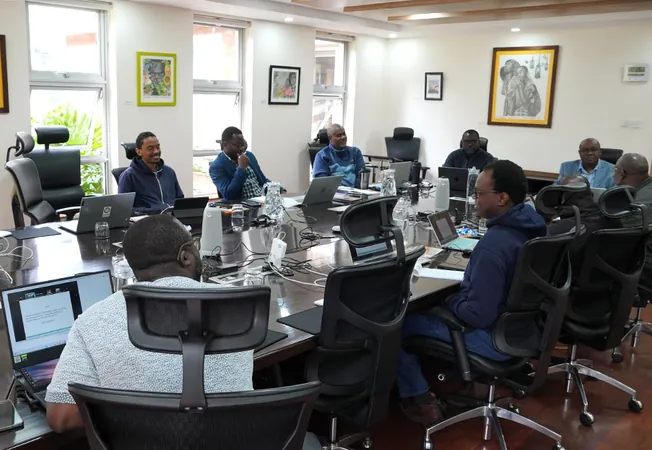

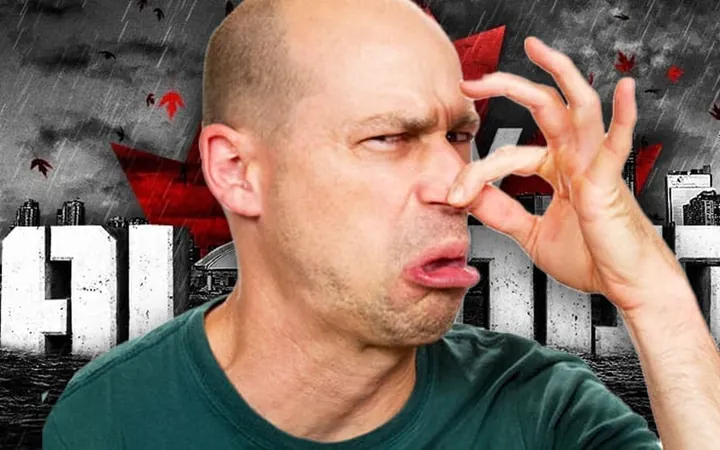
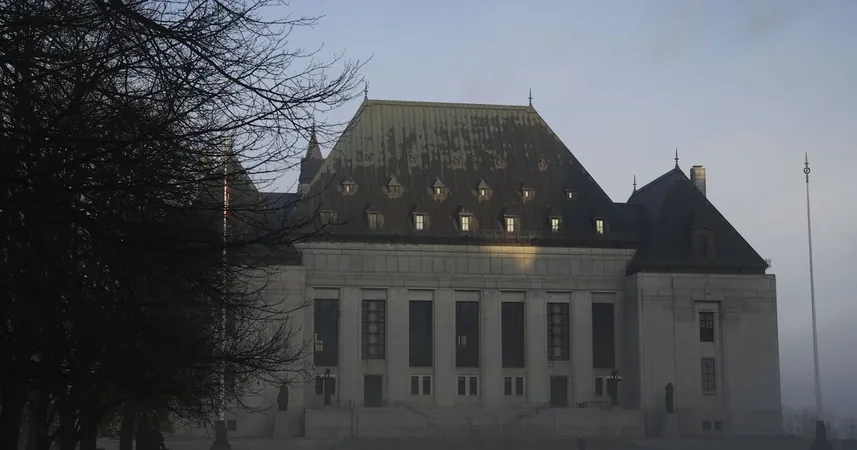

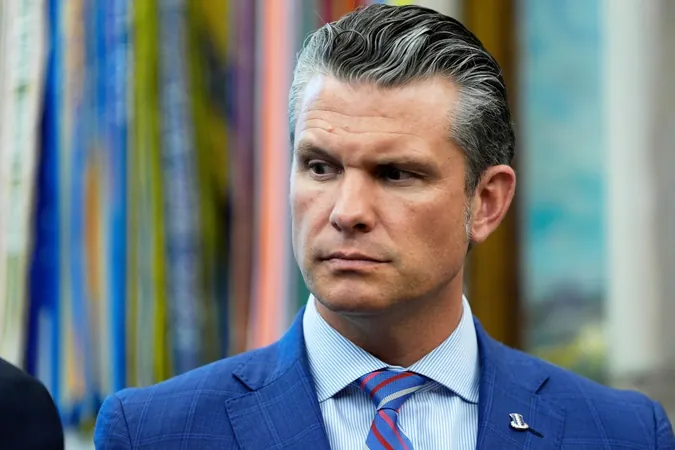



 Brasil (PT)
Brasil (PT)
 Canada (EN)
Canada (EN)
 Chile (ES)
Chile (ES)
 Česko (CS)
Česko (CS)
 대한민국 (KO)
대한민국 (KO)
 España (ES)
España (ES)
 France (FR)
France (FR)
 Hong Kong (EN)
Hong Kong (EN)
 Italia (IT)
Italia (IT)
 日本 (JA)
日本 (JA)
 Magyarország (HU)
Magyarország (HU)
 Norge (NO)
Norge (NO)
 Polska (PL)
Polska (PL)
 Schweiz (DE)
Schweiz (DE)
 Singapore (EN)
Singapore (EN)
 Sverige (SV)
Sverige (SV)
 Suomi (FI)
Suomi (FI)
 Türkiye (TR)
Türkiye (TR)
 الإمارات العربية المتحدة (AR)
الإمارات العربية المتحدة (AR)